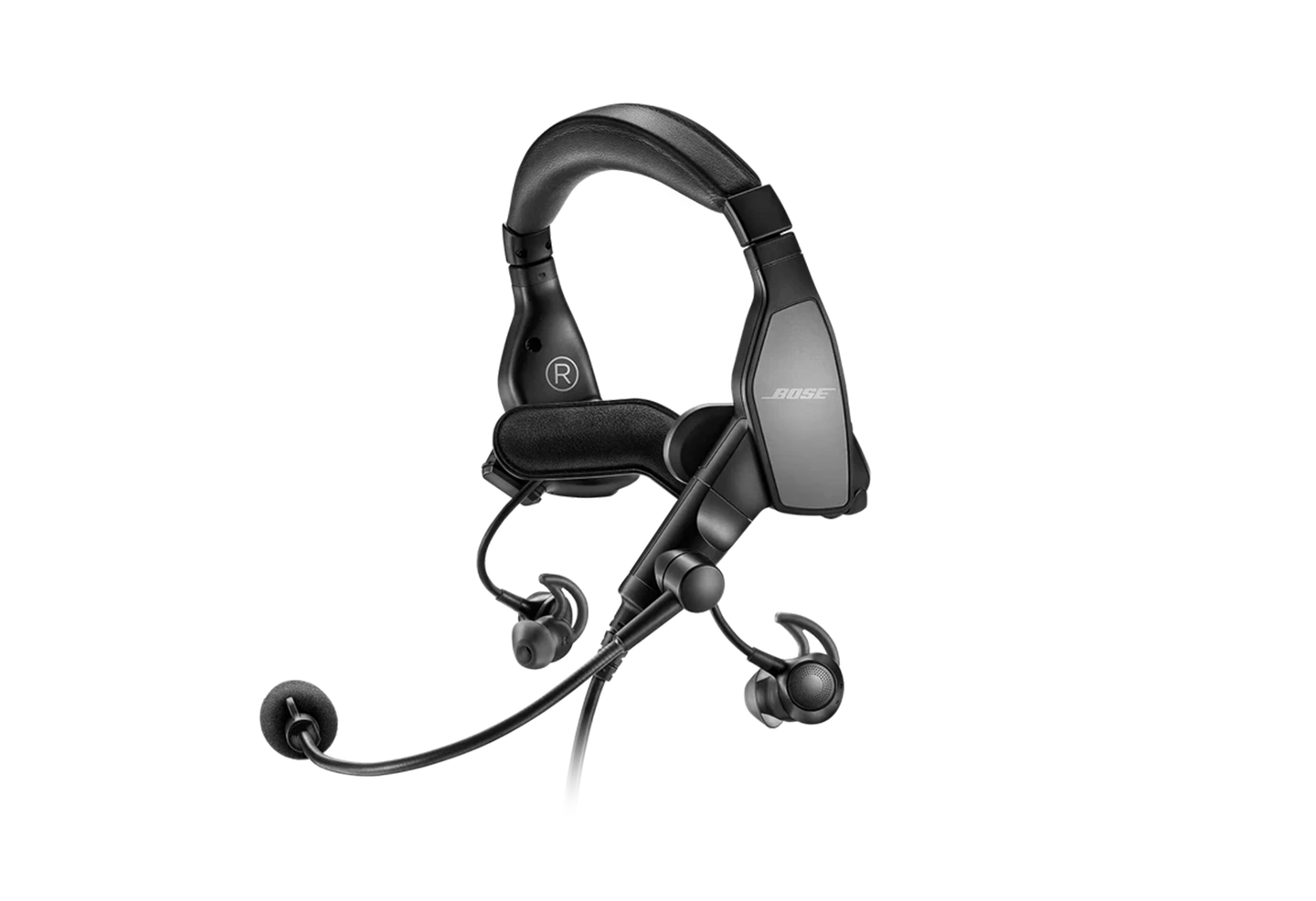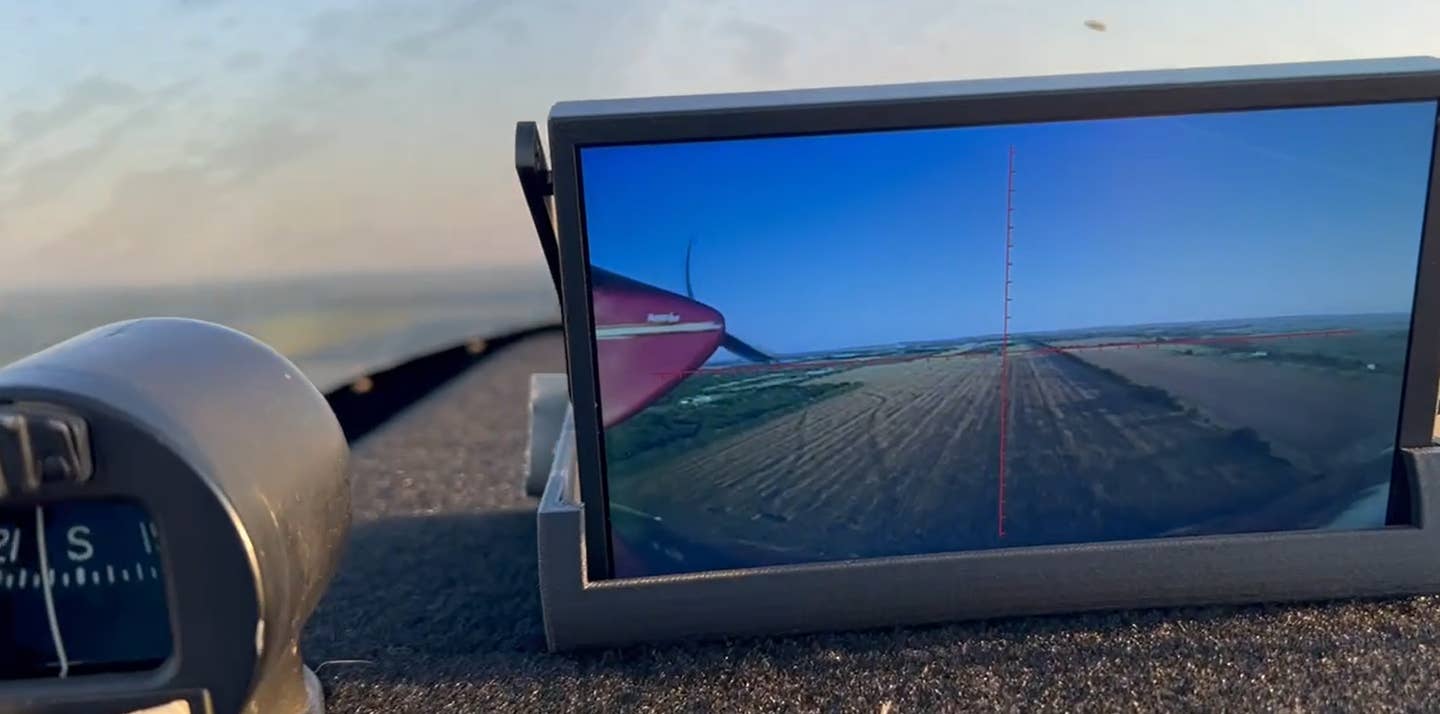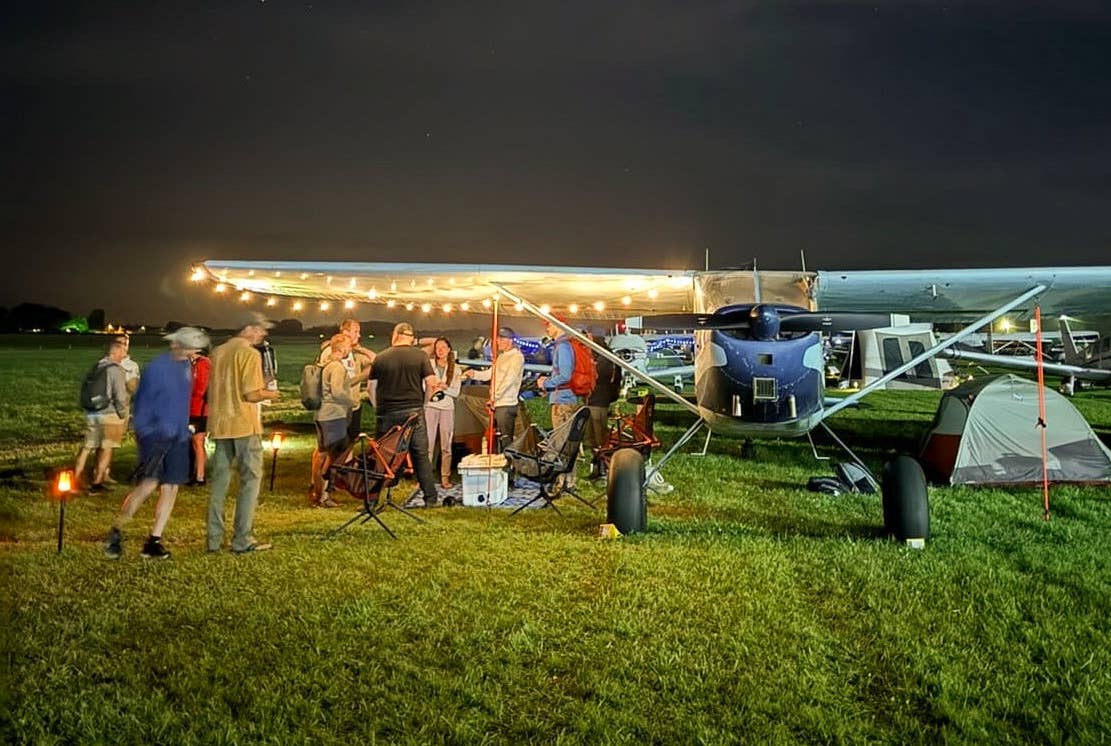
Garmin GNS 430
The introduction of Garmin's new GTN touch-screen navigators, the GTN 650 and the large GTN 750, is remarkable in itself, but the fact that we've almost come to expect such works of seeming magic in our cockpits made me think back to the original precursor of the GTN products, the GNS 430, which I met for the first time a dozen years ago.
It’s hard to overestimate the impact of what we’ve all come to refer to simply as “the 430. It was central to Garmin’s success in aviation and to the widespread adoption of graphical, software-based navigation tools to our personal flying. I know it’s hard to remember that not too many years ago, nearly every one of us (excepting the folks who flew 777s and Airbus A300s) flew airplanes outfitted with what we now somewhat pejoratively refer to as “steam gauges.” These instruments required us to take multiple instrument indications and develop in our minds some kind of picture of what that meant to our flight situation. A much more direct representation of our flight situation was sorely needed.
Not that engineers weren’t trying to do just that. They were. It’s just that these instruments were developed over a period of many decades, and avionics manufacturers actually made some extremely ingenious improvements to them over the years. Such features as “flip-flop” frequency selection, textual displays, the horizontal situational indicator (HSI), and electric standby attitude instruments were all successful attempts to push the limits of the existing technology so it could provide safety or ease-of-use capabilities — like somewhat improved situational awareness, crude forms of graphical interface, or enhanced redundancy that it otherwise would not be able to.
When the two enabling revolutionary technologies of long-range nav (Loran and GPS) and affordable computer technology — displays, microchips and greatly improved code and graphical user interfaces — came together in the 80s and 90s, it was clear that there was room for great things in avionics. And we started to see those products early on, in the form of some great early GPS navigators — both handheld and panel mount — from Bendix/King, NorthStar and Trimble. Even Garmin, with the first IFR approach approved GPS, the GPS 155 TSO, was pushing in that direction.
But it wasn’t until Garmin unveiled the GNS 430 that everything changed. As far as I know, I was the first person outside of Garmin to lay eyes on it, and I remember it clearly.
It was in 1998 in Orlando at the Aircraft Electronics Association annual convention when Garmin’s Tim Casey led me into a back room at the convention center to show me the secret product that he and his team were going to unveil the following day. Tim pulled off the black drape over the product and there, all lit up and seemingly ready to go, was the GNS 430. Before Tim had said a word, my eyes went wide. There in front of me was a panel mount unit with a bright color moving map, built in comm radios, built in nav radios and a bezel-mounted series of keys and soft keys that I saw at a glance would be used to navigate the software of the unit. Little did I know at the time that a world of additional capability lay below the surface, giving pilots the ability to create complex flight plans with departure, arrival and approach segments, as well as pull up frequencies and other data and autofill them to the tuner. And there was so much more.
As Tim showed me the chapters and pages of the unit — he was still getting to know it himself — I was flabbergasted at the possibilities. Within a year I was flying the 430 as the standard navigator in my leased airplane. I loved it more than I would have guessed. Does it have shortcomings? I guess, but only from the perspective of someone who has come to expect so much from his avionics that when it comes to wanting things, the sky’s the limit.
The rest, as you know, is history. The 400 and 500 series navigators have gone on to unprecedented success in the GA market. There are by a recent count more than 100,000 of the units in service at this time. And the momentum of those navigators propelled Garmin to the creation of the G1000 avionics suite, which has gone on to be the de-facto standard in new airplane avionics.
In fact, it has spawned a new word, one that I use from time to time, “Garminized,” to describe the way that the sometimes-peculiar logic of the 430 and its offspring can affect the mind of the user. I have on many occasions had an instructor tell me a certain feature of the G430 was simple only to have them whiz through a dozen screens and submenus to execute a function as though a pilot sliding into the seat could have figured it without even trying. When you think doing vertical nav on the Garmin is easy, your mind has clearly been Garminized.
Then again, up until the introduction of the 430 most of us who had used long-range navigators before were used to arcane menus and logic. I loved the KLN series Loran and GPS navigators. But easy to use? Try again. The product was a direct descendent of the FMS units in large bizjets and airliners … and of the regulatory framework that covered their certification. In its defense, Garmin’s approach to the software and symbology was in many cases dictated by the FAA, which had little or no experience with this kind of technology. Even when the unit was capable of doing something simply, the regulators sometimes insisted on an extra step or two, simply because that was the way it had always been done before. This was true for the installations of the equipment, as well.
Regardless, the capability of the equipment more than made up for the less than perfect user interface. It was, in simplest terms, great equipment to have in the cockpit. It made flying easier, safer and more fun.
That’s not a bad requiem for a product that, with more than 100,000 installed units in the fleet, isn’t going away any time soon.

Sign-up for newsletters & special offers!
Get the latest FLYING stories & special offers delivered directly to your inbox






